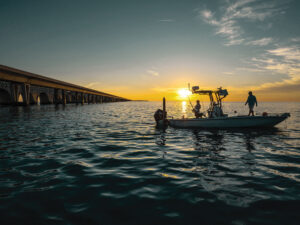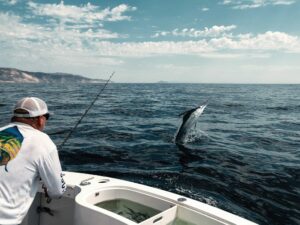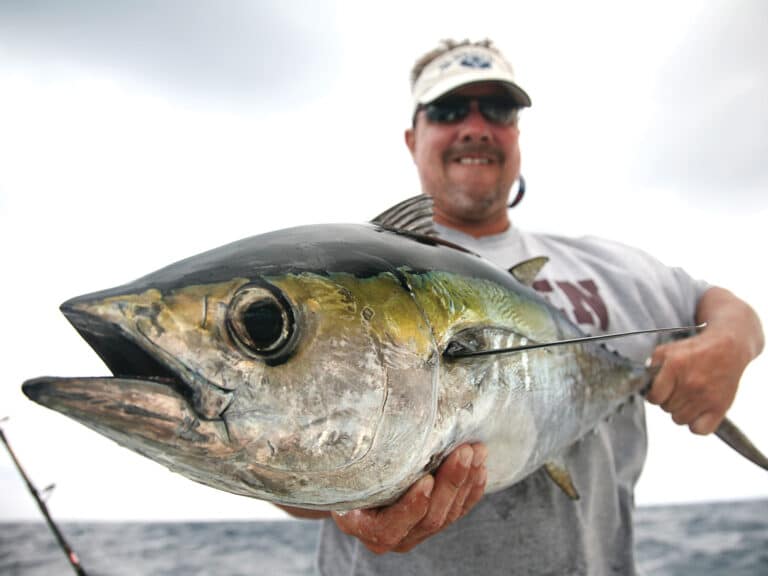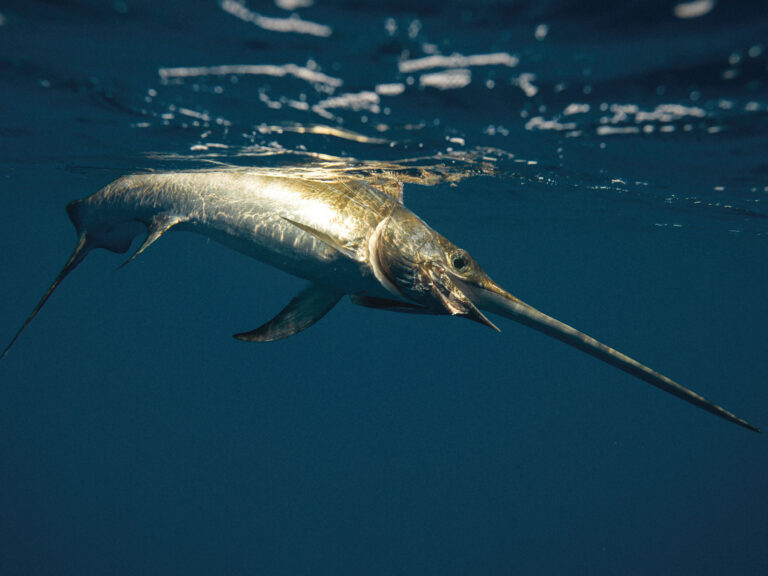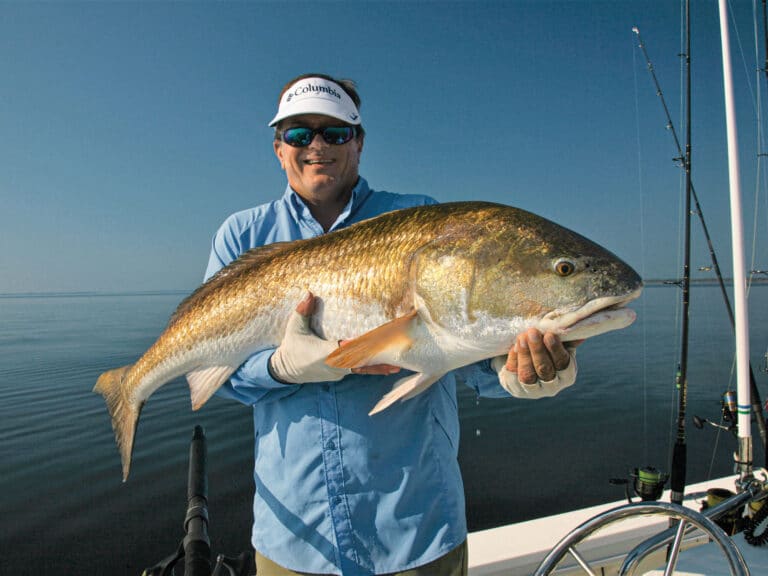Sam Coyle asks: Once the tide falls, baitfish are flushed out of an estuary and predatory fish ambush them at key locations. In a setting where the lowest water level at the lowest tide is several feet, is there still a pronounced outgoing baitfish movement? It seems to me that baitfish would learn that once they leave the estuary they are at the mercy of predators and would stay where they are protected. It also seems that predatory fish would learn that at low tide, the baitfish are more concentrated and would therefore move in the shallow water against the tide. Thanks for any insights?
Lefty: There is no simple answer. For example, if there is a spring tide and the water is rushing out of the estuary, baitfish caught in the outgoing current may not be strong enough to resist being carried along, and predators will recognize this. Also, the water on the lower stage of a tide is often dirty or roiled, especially on spring-tide periods. The theory that predatory fish will wait outside an estuary to feed on baitfish being swept to them by a falling tide is most effective when the estuary empties completely, forcing the bait out. If several feet of clean water remain, you are correct in assuming that the predatory fish will enter to feed.


